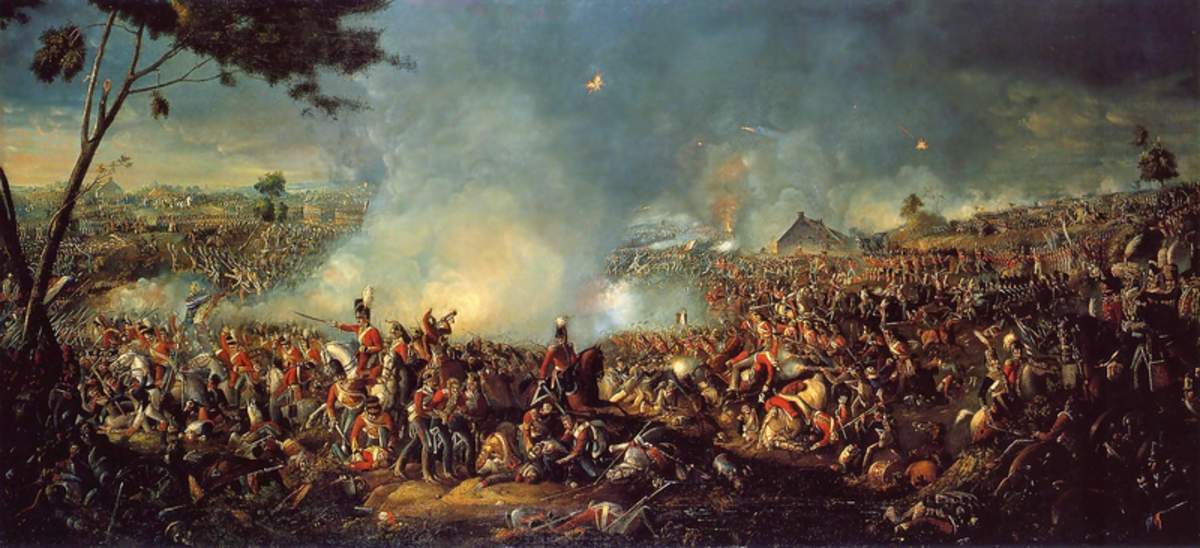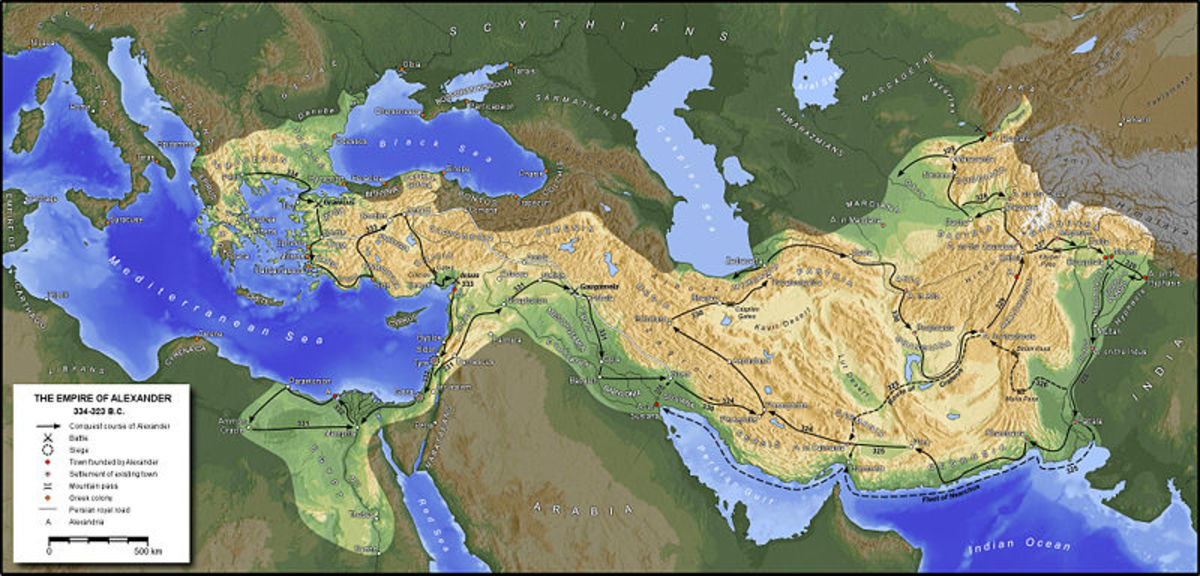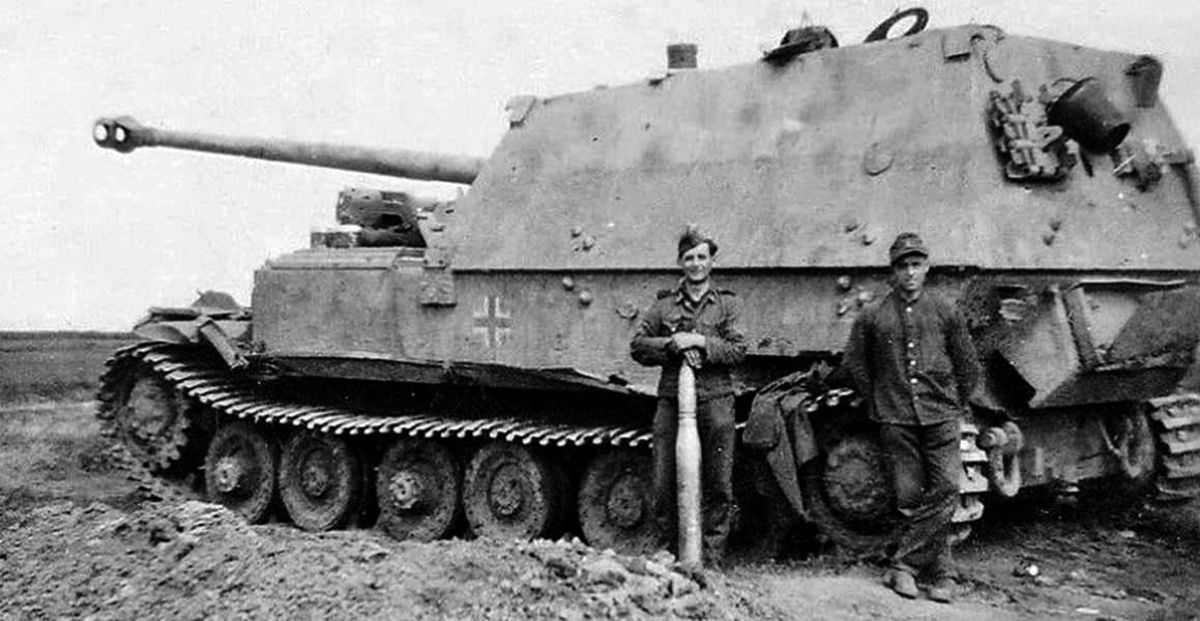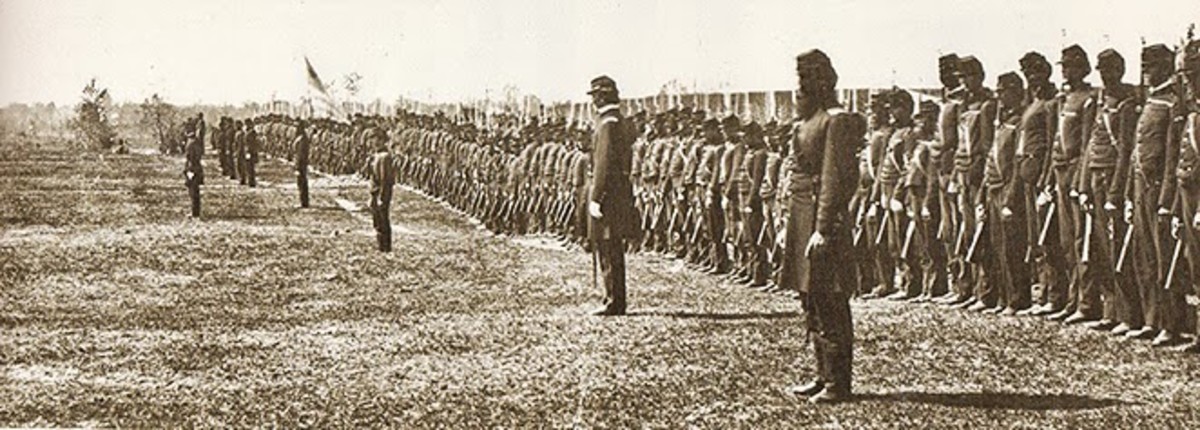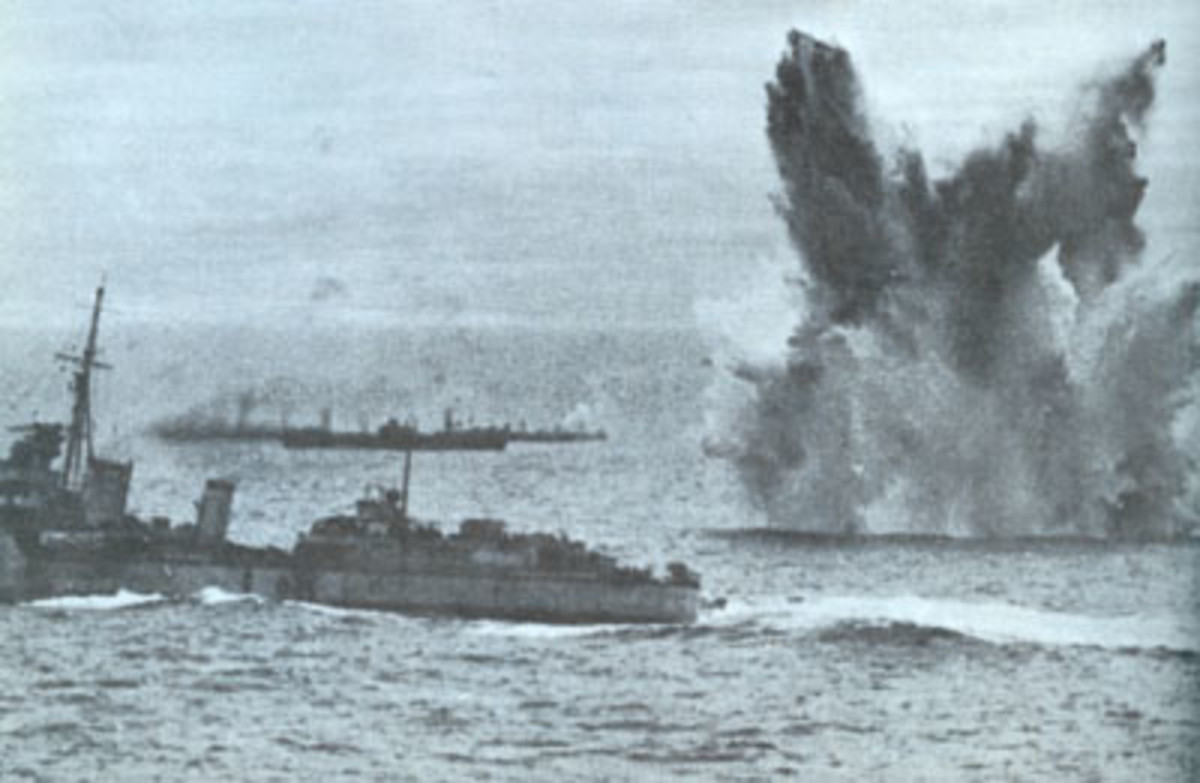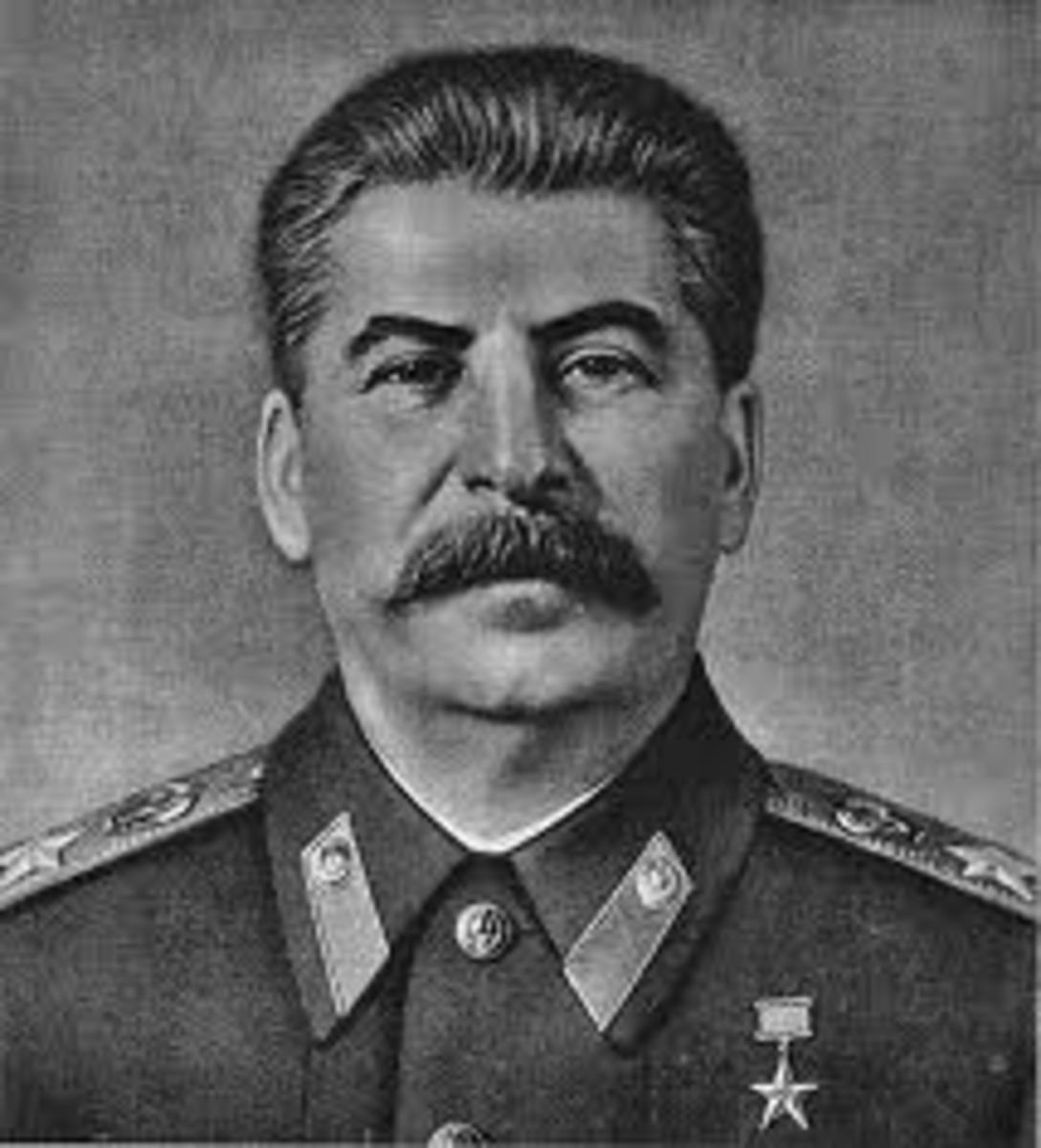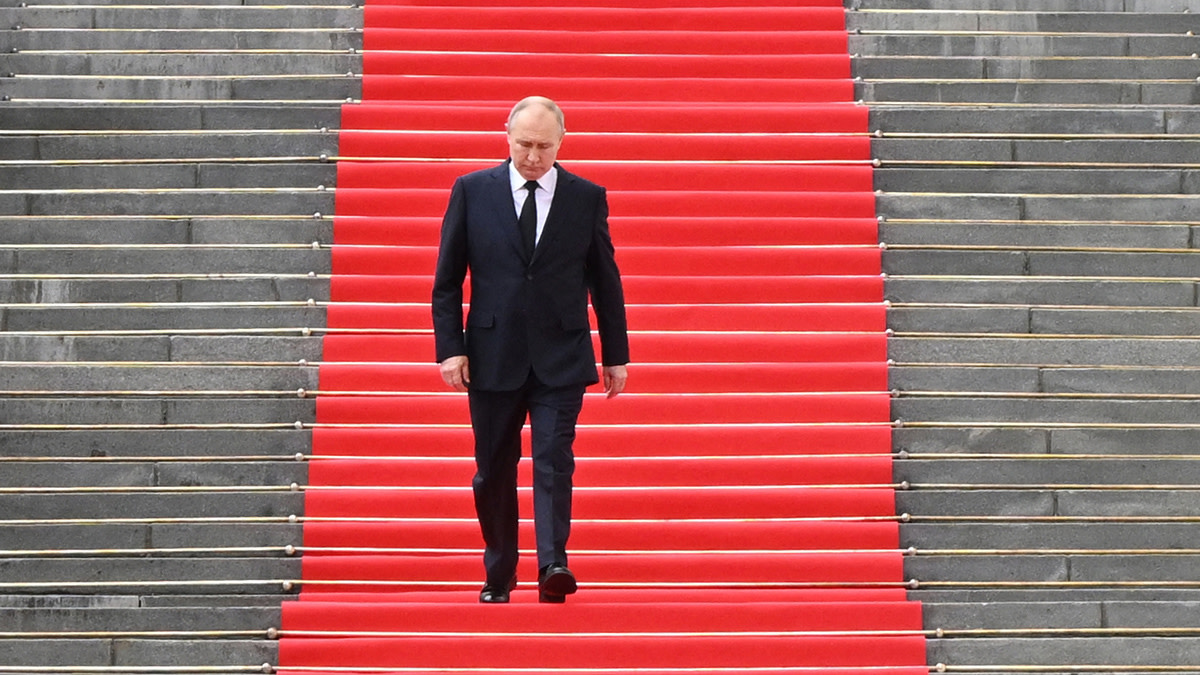Excerpts from the Secret British Report on the Russian Civil War 1919
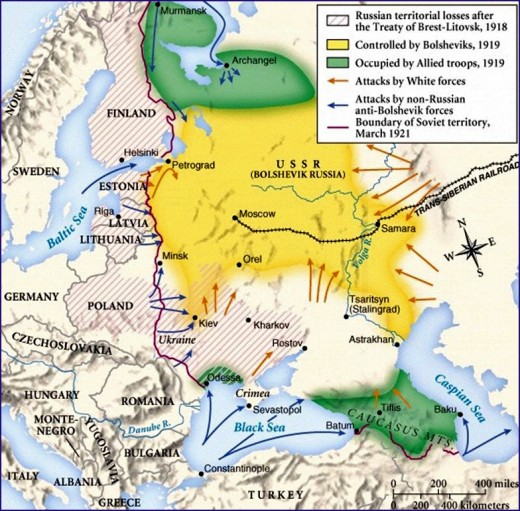
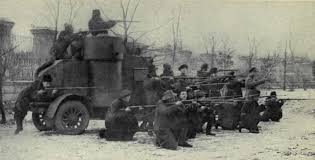
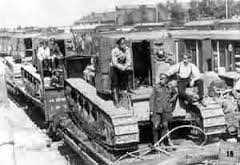
With extensive British military and monetary support, the White Volunteer Army, in 1918, managed to crush Red armies supporting communism under Lenin and Trotsky. While greatly outnumbered, the Volunteer Army showed amazing resolve in battle. The strategic plan was always to advance on Moscow and seize it from Lenin to kill the birth of Communism and make Russia free again. The British support was great and their involvement back then was known in the press as "Churchill's War". Like America's support for South Vietnam in the 1960's to fight communism (supported by Russia), it would eventually not be worth the cost in monetary means in a war that might drag on.
But, General Poole, in December 1918, went to South Russia, to determine exactly what was going on and to assess British military support being requested. This secret report, of which only six copies were made, is interesting to read for historians. The following excerpts are verbatim from the report:
The theatre of operations as a whole is an open rolling country with virtually no obstacles and admirably suited for cavalry work. In the South where the climate is milder, the roads are unmetalled and quickly cut up and converted into lakes of liquid mud; while the rich black corn land is very holding and renders cavalry movement slow, and infantry and guns very difficult. when there is frost, all arms can pass everywhere without difficulty.
As a rule, except along railways, the bulk of the work falls on cavalry and machine gun batteries, while infantry and artillery are reserved for the attack on villages and defended posts. As the cavalry have to cover a very long front, the line of resistance is everywhere very lightly held, and villages along the front line exchange hands with startling rapidity, the gain or loss in depth often reaches 25 miles a day. Both sides make very full use of machine guns which are skillfully handled. They are transported in light four wheeled carriages drawn by four horses. They easily keep up with cavalry.
Fighting is fierce. I inspected one battalion of Bolsehvik infantry at the front and was impressed with their fighting ability. Practically no use is made by either side of aeroplanes. The Bolsheviks dare not use them because all their pilots and officers desert whenever they use them! The Volunteer Army planes are content with dropping a few bombs from great heights. In the fighting I witnessed, the artillery on both sides was so scanty as to be useless.
In my opinion, if Britain sent the Volunteer Army tanks and low flying aeroplanes it would create such a panic amongst the Bolshevik troops that after a few days fighting they would be absolutely demoralised (Author note: This assessment was spot on. The British would eventually send may tanks that when Red troops first encountered, fled. At times, these tanks were manned by British volunteers). Everywhere, I was bombarded with requests for tanks. If supplied, they should be of the "Whippet" type (these were the fast tanks-8 mph, usually armed with MG).
The Staff HQ is well organised as far as operations but administrative services are not efficient and the medical services are deplorable. It is a "hand to mouth" kind of existence since there is no regular source of supplies. As far as the Volunteer Army commanders, General Denikin does not stand out as a brilliant soldier but is honest and reliable. He is popular and a patriot. General Romanovsky is hard working but not very brilliant. General Dragomirev is extremely capable and very successful. General Wrangel is a very fine dashing cavalry leader who has been very succesful (Wrangel would take over the Volunteer Army in 1920 until the end).
As of January, 1919, the Volunteer Army has 56 battalions and 360 cavalry companies, 294 machine guns, 94 artillery guns. Combat strength is near 40,000 but the total available from all sources is near 80,000. The grouping of formations are six cavalry divisions, four infantry divisions and three Cossack brigades. These are formed into one cavalry and three infantry Corps.The 1st Corps consists of the 1st Division (9 battalions, 10 cavalry companies, 10 artillery guns) and 1st Kuban Cossack Division (36 cavalry companies and 10 guns). The infantry regiment consists of four battalions with up to 30 machine guns. The average strength is 1200 men, however, some have 3000, others, 500. Cossack infantry battalions average 1000 men.
Artillery is of various types. Each infantry division had three light field batteries and cavalry divisions have 2-3 batteries. Artillery batteries usually have 2-4 guns. The signal service has a shortage of wire and trained personnel. The normal method is by telegraph between HQ, Corps and Divisions with permanent lines and by telephone between divisions, brigades and regiments. There is a limited number of wireless sets (radio). Each Corps should one one wireless set capable of transmitting 130 miles, while cavalry should have a wireless set capable of 100 miles.
Artillery comprises of 100 field and mountain guns and ten 4.8" and 6" howitzers. Their only supply source is from enemy captured shells. The guns are in bad shape and worn with no spare parts. Usually, artillery units are manned entirely by officers. The artillery in action was accurate. Artillery of the Don Army wing is much better and supplied since it is from German stock. The aviation consists of four squadrons. The 1st, 2nd, 3rd, are near the front, while the 4th is reserve near Ekaterinoder. Each has 4-5 machines. The total number of planes is 38 but only 10 are flyable. The machines are:
- 24 Nieuports
- 5 Morgan
- 1 Spad
- 3 Sonougatch
- 3 German
- 2 Bouazen
There is 122 trained pilots. The appearance of the Volunteer Army leaves little to be desired. Morale is good but horses are in poor condition and their weapons are poorly cared for. All ranks are badly clothed and are in need of everything. New recruits are not sent to the front until after four months of training. There are no schools for advanced training. Soldiers consist of former Russian soldiers of 1917, Kuban Cossacks and local drafted young men of age 17.
The Germans in Russia were extensive in the Ukraine and Don regions, where 28 infantry and 8 cavalry divisions stood. Other German units outside these areas gave a total of 49 divisions when the Brest-Litvosk was signed.
Denikin has requested that 18 infantry and 4 cavalry British divisions be sent to help solidify White Army gains. These British units would be used only for support and lines of their deployment and in no cases would they be used for fighting (while the British would only send one battalion in Nov. 1919, the British did send millions of dollars in equipment and over 200 advisors to Denikin after Poole submitted this report).

